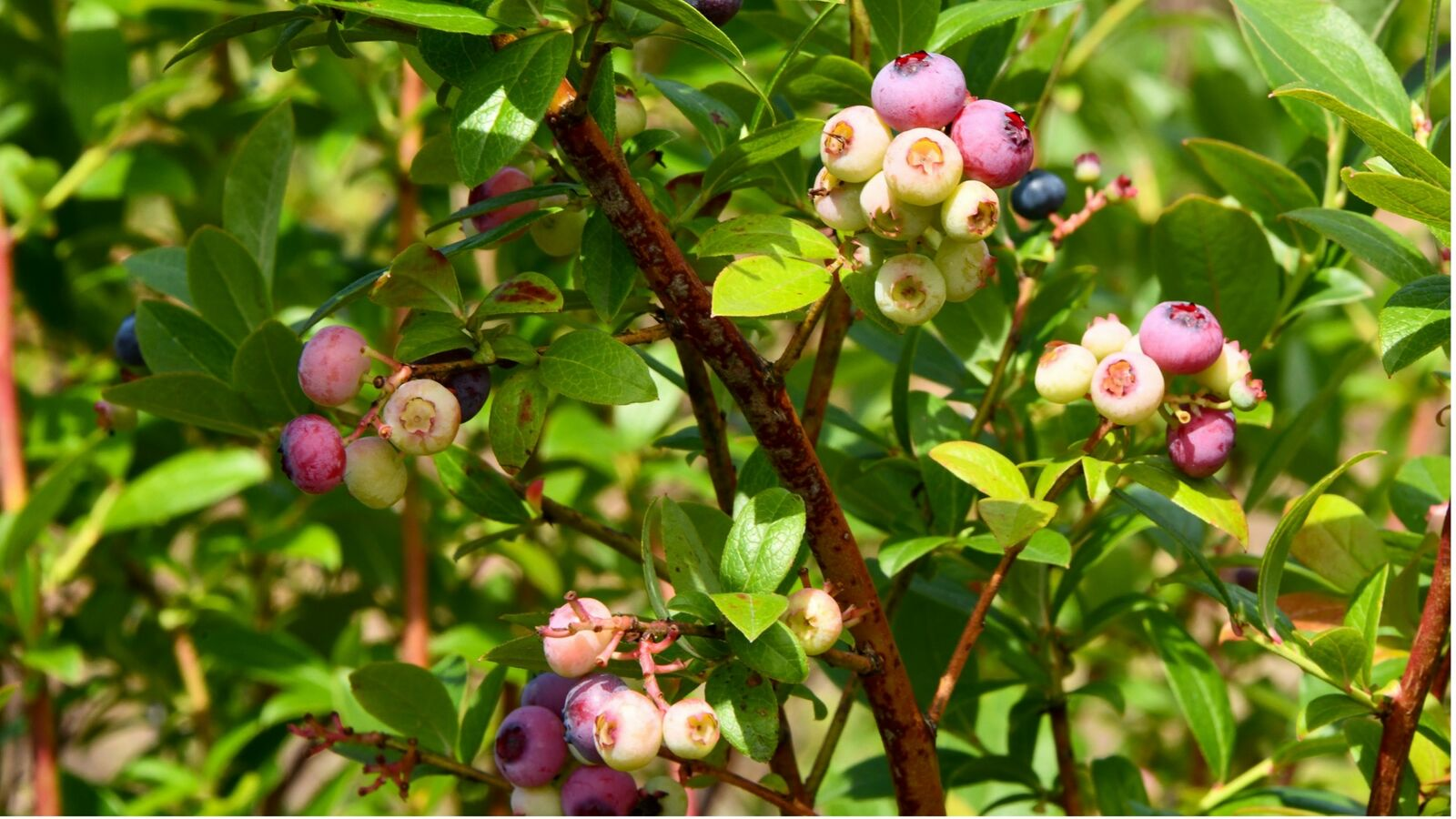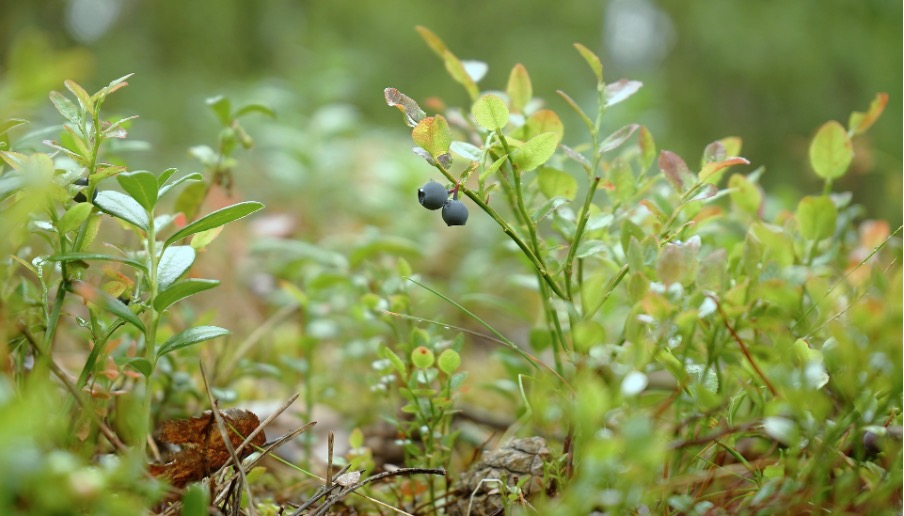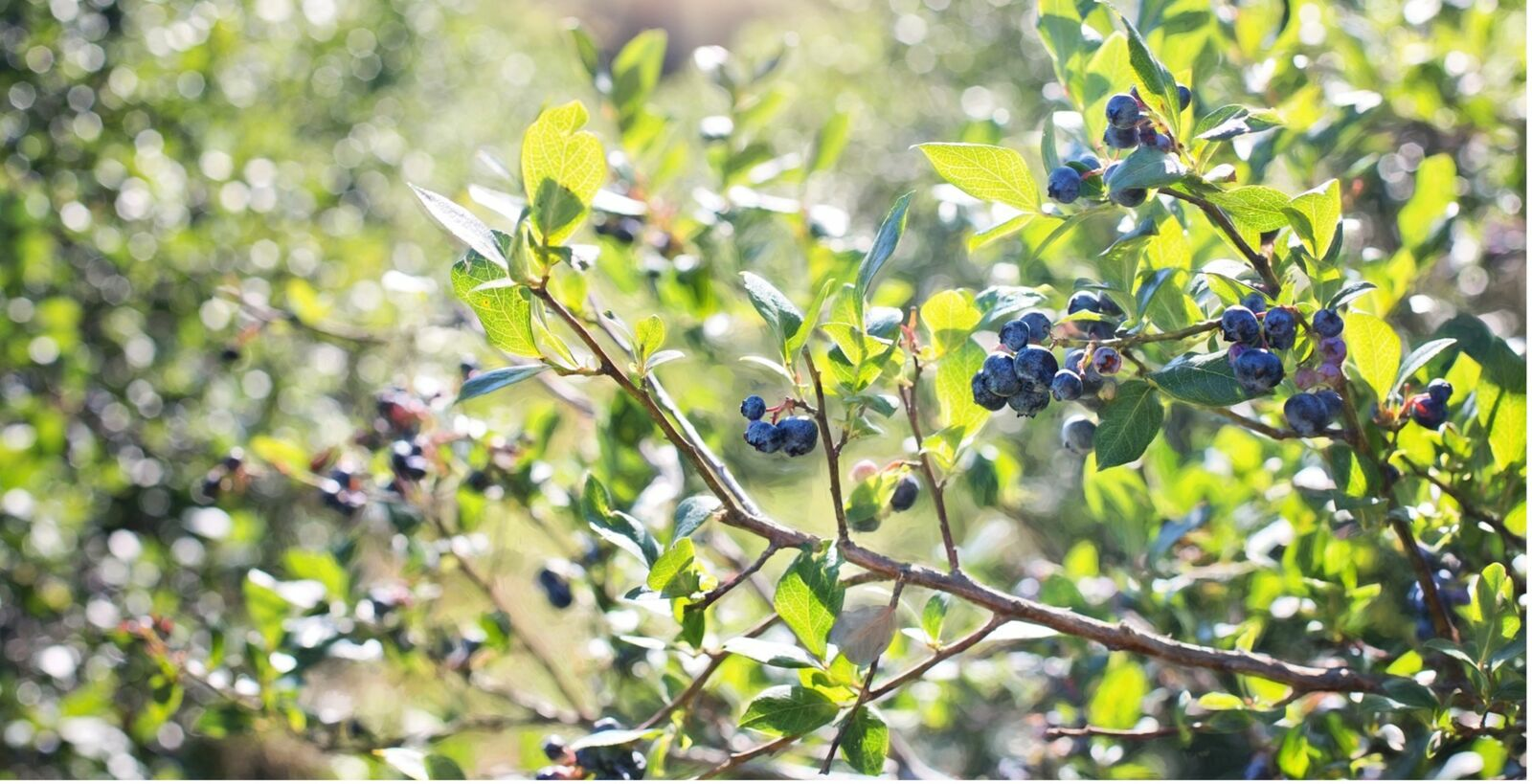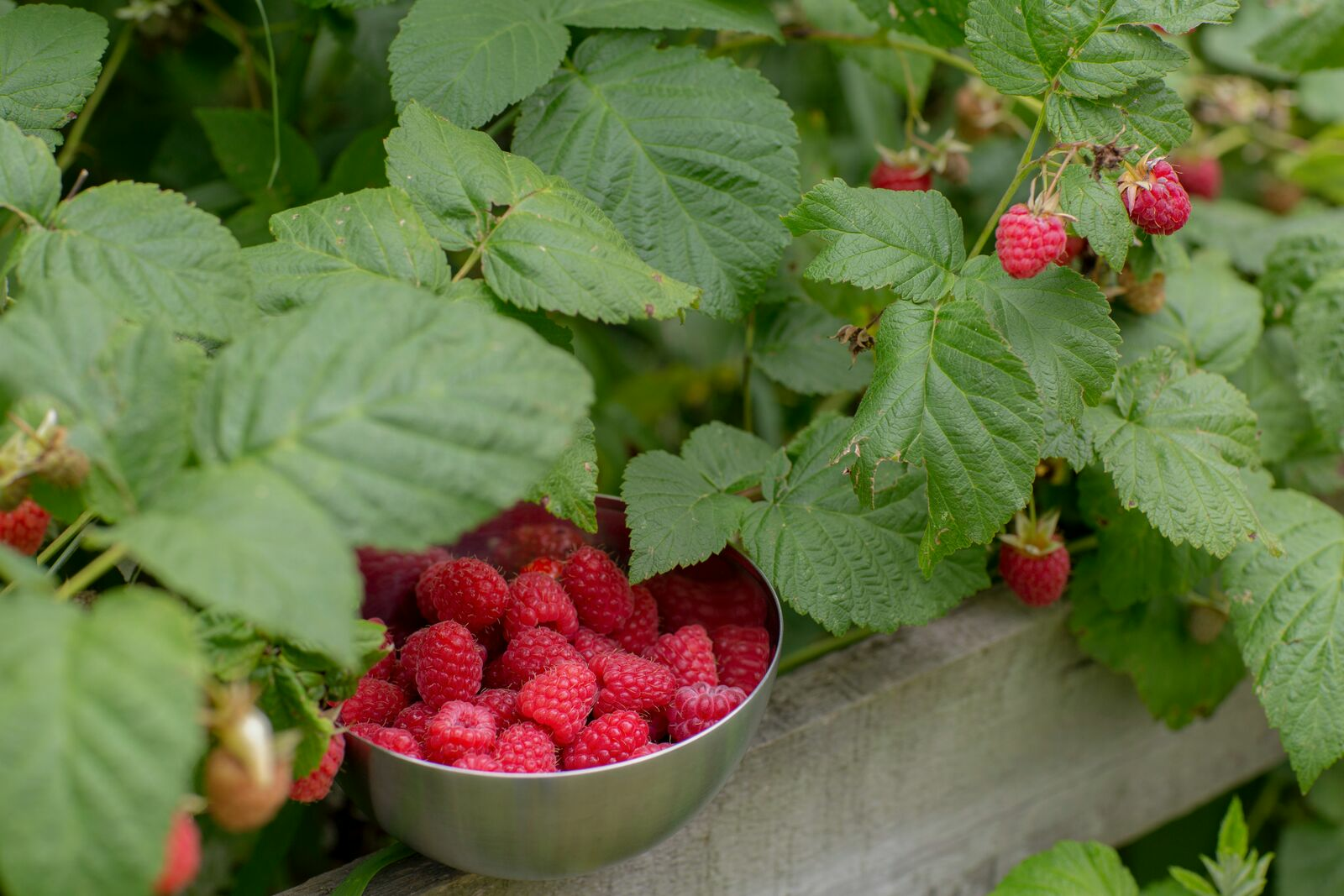Planting blueberries: Cultivation, care & harvest
Blueberries & bilberries: Difference
Blueberries (Vaccinium) are part of the heather family (Ericaceae) and grow as shrubs on acidic forest and moorland soils. Blueberries and bilberries are different trivial names for different species of the blueberry genus (Vaccinium). However, the terms are often used interchangeably, making it difficult to distinguish between them. However, only varieties of the species Vaccinium myrtillus are actually counted as blueberries and bilberries.
Waldheidelbeeren

As a ground cover, the wild blueberry forms small, ground-hugging shrubs that spread via runners and only grow to around 0.5 m high. They are much easier to care for than their relatives, the cultivated blueberries, and can live for up to 30 years. However, their bushes produce significantly smaller, intensely aromatic, deep blue berries that hang individually from the bush. There are no different varieties of the species as it has not been cultivated.
Cultivated blueberries

In contrast to wild blueberries, cultivated blueberries (Vaccinium corymbosum) are significantly larger, white on the inside and grow in clusters. In addition, their bushes grow up to 4 m tall and therefore require significantly more care and nutrients. They are hybrids of the American blueberry or highbush blueberry (Vaccinium corymbosum) and other types of Vaccinium that have been bred for conventional cultivation in terms of size, taste and yield.
Blueberries & bilberries: Location & soil
Blueberries and bilberries require a soil with an acidic pH value (approx. 4 - 5) for ideal growing conditions. Forest blueberries grow well in semi-shady to shady locations, while cultivated blueberries need a fully sunny spot. The soil should also be well-drained, as they do not tolerate waterlogging or irregular moisture in their location. Loose, well-drained, somewhat peaty or sandy-humus soil is therefore best suited to blueberries. Calcareous, loamy and clay soils are not suitable.
Planting blueberry bushes: Timing

You can plant blueberry plants in your garden either in spring (March/April) or fall (October/November). In the fall, the soil is still warmed up and the roots can develop well so that the plant will grow well the following year. Although blueberries are hardy down to around -16°C, they are sensitive to late frosts in spring. You should therefore protect your plants from frost and keep them warm, especially in higher and colder regions in spring. Otherwise the yield will suffer later in the summer.
Fertilizing blueberries & bilberries
In the right location, wild blueberries are quite easy to care for and even do well without much fertilization, watering and pruning. Cultivated blueberries require significantly more care due to their higher yield. A berry, hydrangea or rhododendron fertilizer is a good choice. Fertilization is advisable when planting, in spring and as soon as the first berries form.
Watering & cutting blueberries & bilberries

Regular and even watering is very important for all blueberry varieties, especially in hot weather. Ideally, use rainwater, as this contains less lime than tap water. Otherwise the pH value of the soil will rise too much and your blueberry plants will no longer feel well. Cultivated blueberries should be pruned every year in late fall or winter for care and a better yield.
Good & bad neighbors for blueberry bush & blueberry bush

Good neighbors are plants that also do well in acidic soils. These include: Azaleas, cranberries, blueberries, raspberries, currants, cranberries & rhododendrons. Bad neighbors are plants that require more alkaline or chalky soils such as: Hazelnut, potatoes, garlic, cabbages, leeks, privet, roses, chives & onions.
Blueberries: Diseases & pests
Blueberries are very robust and not very susceptible to disease. An incorrect soil environment with too high a pH value or too high a lime content is much more likely to result in a smaller harvest than diseases and pests. An excessively high pH value and lime content can be recognized by the yellowing of the leaves. Diseases and pests that can occur on blueberries are Anthracnose, Godronia shoot blight, frost moth, free-feeding caterpillars, spider mites, aphids & birds.
Pick blueberries: When blueberries are ripe

Forest blueberries are ready to harvest between August and September, while the first varieties of cultivated blueberries produce their first ripe fruits as early as June. A berry comb makes it easier for you to pick the individually hanging wild blueberries. Only pick ripe, deep blue berries that are easy to remove, as they will not ripen later. The berries can be stored in the fridge for up to 2 weeks or you can dry, cook or freeze them.

